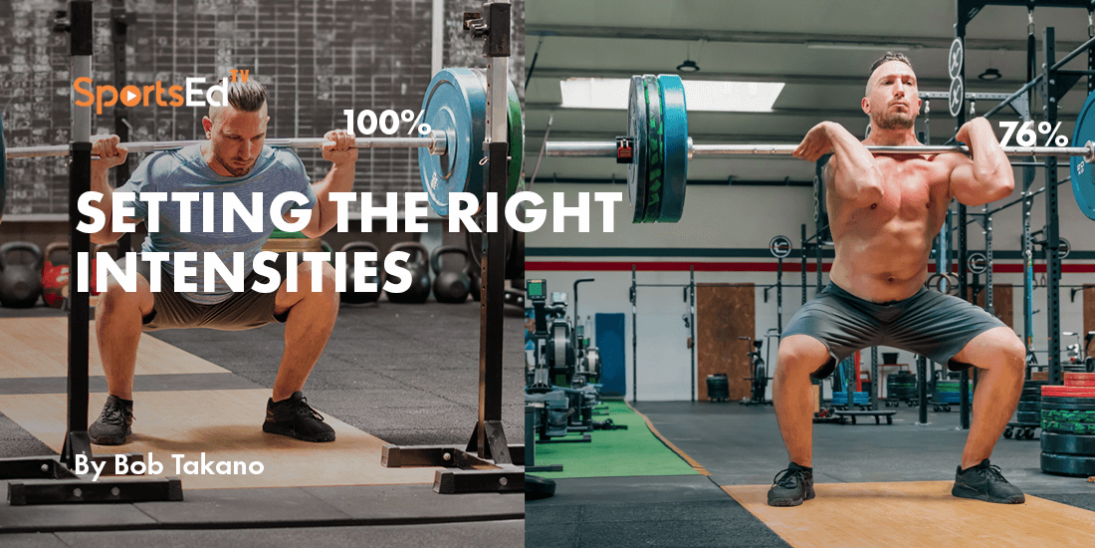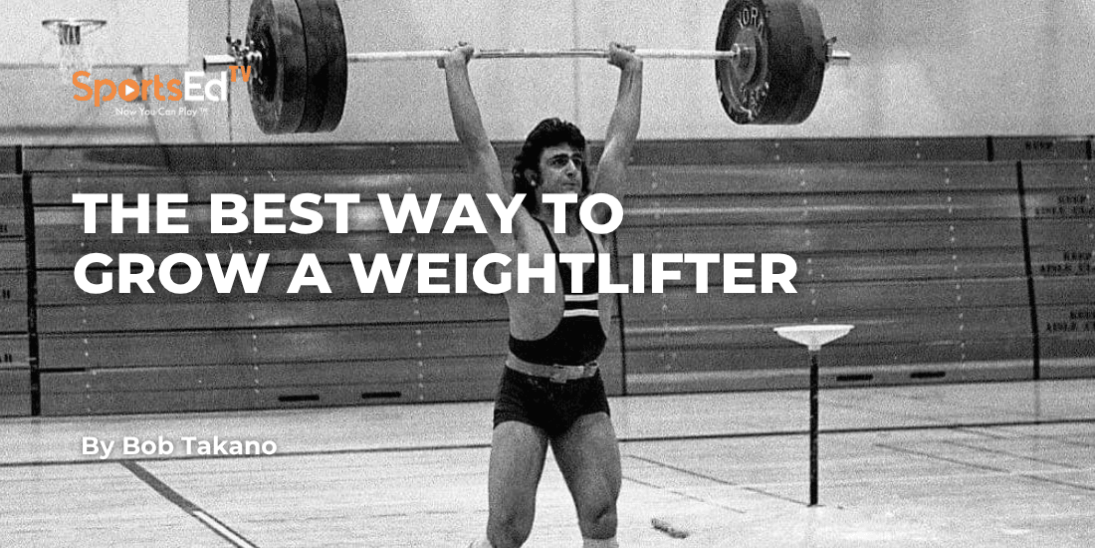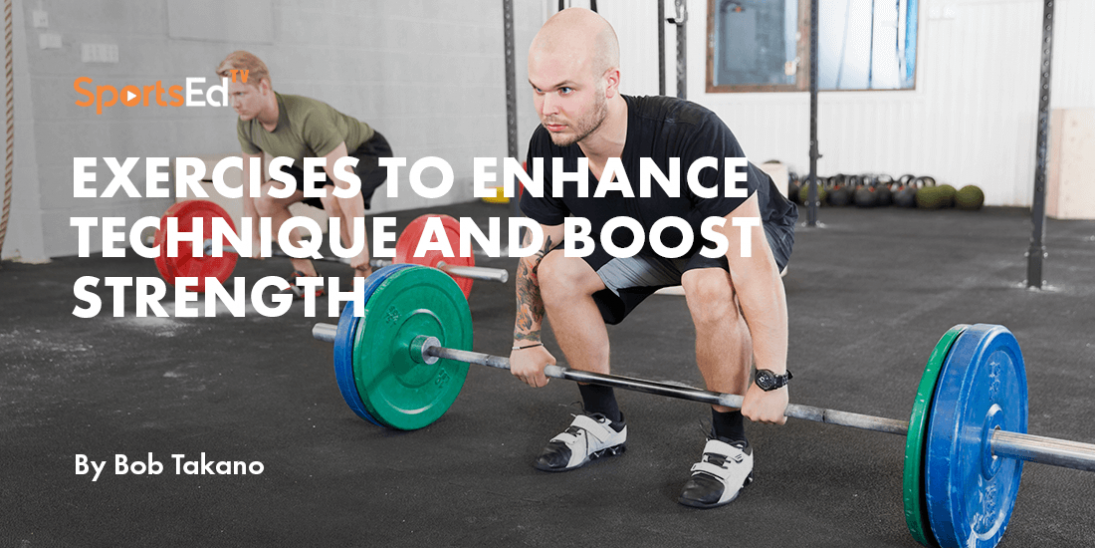Regeneration, Strength And Conditioning, Weightlifting
Welcome and thanks for visiting...

Pay Attention To Athletic Recovery: Maximizing Performance & Preventing Injuries
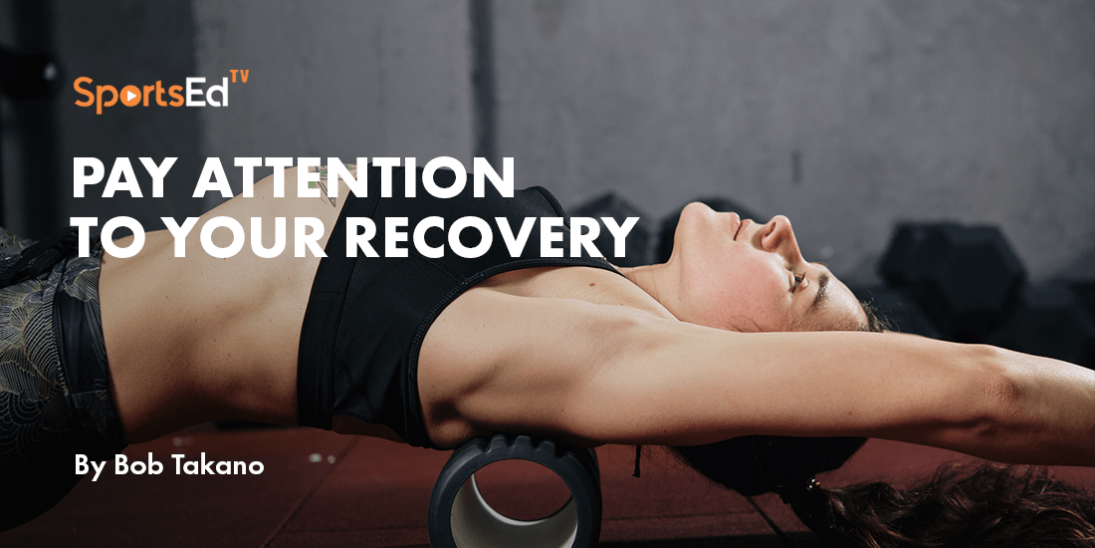
Most weightlifters (especially the ones without competent coaches) always search for training programs. They are focused on finding the exercises, rep and set schemes, and annual training volumes that will put them on the pathway to their competition goals. They are ambitious, energetic, and committed to training hard to achieve their goals.
Most people fail to realize the importance of recovery, as that is the key that will enable them to regularly increase their training volume, ultimately leading to more weight being lifted on the competition platform.
If we take a beginner (Class 3), the normal prescription is three weekly sessions. The volume (number of repetitions) is generally considered to be in the range of 7,000 to 9,000 per year of weights that are 60% and above. Such beginners would do well to schedule a recovery day after each training day.
If we go to the other end of the competition spectrum, International Masters of Sport lifters are training six days per week, broken up into nine sessions. There might be only one recovery day scheduled, and the annual volume is probably in the 25,000 rep range.
Aside from the talent factor, how does one advance from 7,000 reps per year to 25,000? One of the keys is to assist the body’s recovery by improving the local circulation of the body. This enhanced circulation will facilitate the elimination of metabolites and the transduction of reactants. Along with adequate sleep and proper portions of quality macronutrients and micronutrients, the body’s ability to recover from the training will gradually improve to the point where previously unheard-of training volumes can be accommodated.
Recovery in Sport
In the world of athletics, recovery refers to the suite of techniques, practices, and periods of rest implemented by athletes to restore their body and mind after intensive training sessions or competitions. This critical component of sports training not only aids in muscle repair and fatigue reduction but also plays a pivotal role in preventing injuries and ensuring optimal long-term performance. Incorporating proper recovery strategies can make the difference between peak athletic achievements and premature burnout.
Recovery sessions
Recovery sessions should be scheduled to follow training sessions. Thus, the planning should include time for these sessions.
The modalities employed in each session should be rotated as the body can adapt to any given modality, and thus, it will lose its effectiveness. The more demanding the training session, the more directed the recovery modality.
The following modalities can greatly enhance the recovery process beyond normal rest.
Self Massage:
It is a technique where individuals apply pressure on their muscles and soft tissues using hands, foam rollers, or specialized tools to relieve tension and improve circulation.
Athletic Massage:
A targeted massage tailored for athletes focuses on areas of the body that are overused and stressed from repetitive and aggressive movements, promoting faster muscle recovery.
Sauna:
A small room designed to be heated to high temperatures, inducing sweating, which can aid in detoxification, muscle relaxation, and improved circulation.
Jacuzzi:
A bathtub or pool featuring underwater jets that massage the body, helping to relax muscles and increase blood flow.
Steam:
A room filled with moist heat generated by a steam generator promotes sweating, which can aid in relaxation, detoxification, and skin cleansing.
Contrast Showers:
Alternating between hot and cold water during a shower. This method can help muscle recovery by enhancing circulation and reducing muscle inflammation.
Ice Baths:
Immersion in cold water, typically after intense physical activity, reduces inflammation and speeds up the muscle recovery process. See portable ice bath systems here.
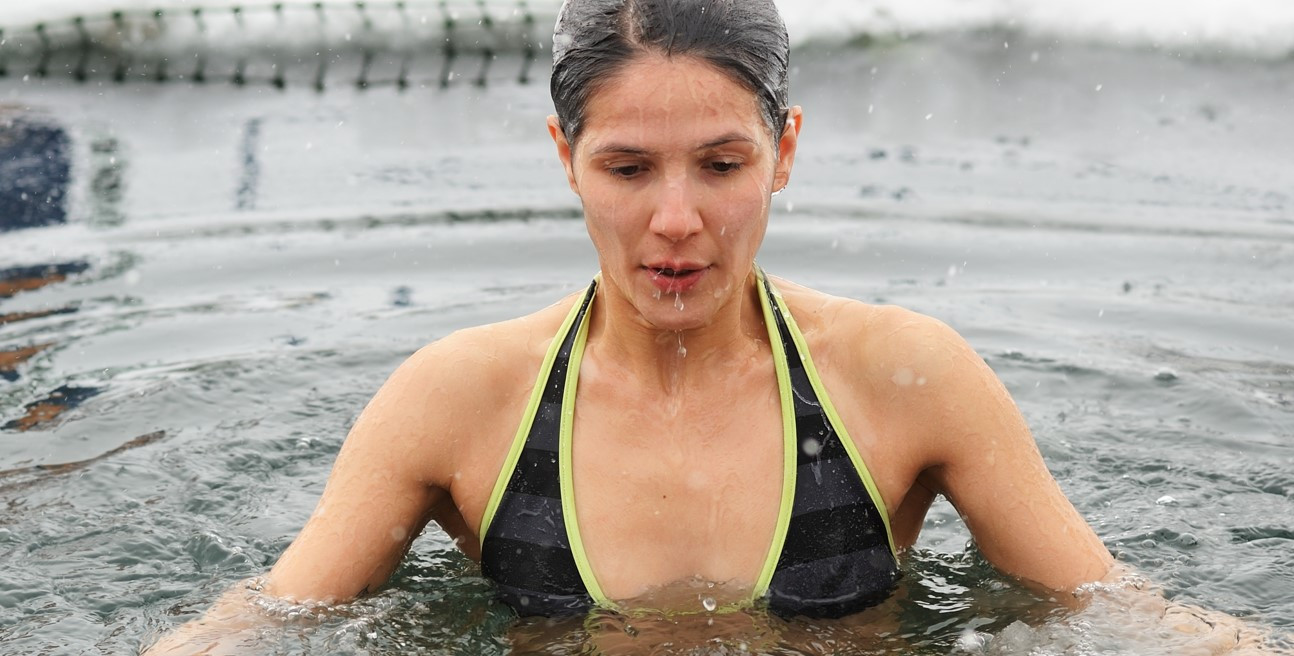
Balneology:
The scientific study of the therapeutic benefits of naturally occurring mineral waters, usually involving baths in said waters.
Electrostimulation:
A process where electric currents are applied to muscles to cause them to contract, aiding in muscle strength, recovery, and pain relief.
Ultrasound:
A therapeutic method using sound waves treats injuries by promoting blood flow and reducing inflammation in the affected areas.
In some professional sports programs, the recovery process is managed by a specialist or an athletic trainer.
In many large commercial gyms, recovery modalities are available, even though the clients may not be training strenuously enough to require them. Some athletes, however, can patronize such a facility just for the recovery benefits.
Even without elaborate recovery facilities, serious athletes should make an effort to undergo sufficient recovery. This includes curtailment of extraneous physical activities, adequate sleep, and the proper timing of the ingestion of nutrients after the training session.
Under recovery is simply a waste of the effort put into diligent training.
ORE INFORMATION TO HELP YOUR TRAINING
Plenty of sound training information based on years of coaching weightlifters at all levels, from national youth record holders to Olympians to Masters world record holders, is available at the Takano Weightlifting Coaching Membership Site. Blog posts, articles, training programs, and instructional videos are available by membership subscription for those seeking valid training information without sorting through all the dubious coaching clutter online.
All the information on this site results from implementing it in training successful weightlifters for decades by Bob Takano, a member of the USA Weightlifting Hall of Fame. Check it out at https://takanoweightliftingcoaching.net/vsl-order-formeicq33md






